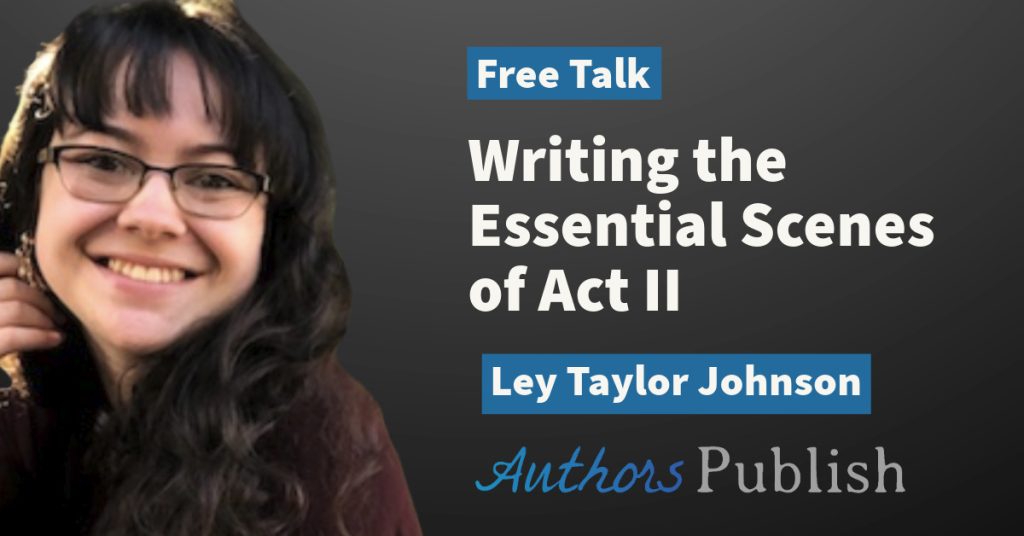Wendy S. Delmater
As a writer you want your readers fully immersed in your world, as seen through the eyes of a character that they fully identify with. The very last thing you want to do is break the reader’s trance state.
This is the first in a series of articles where I’ll use the old newspaperman’s checklist — “Who, what, where, when, why, and how” — to describe things to avoid, and I will outline the cure for each error.
In this article we will discuss writing errors that can throw readers out of a story when they are confused about “Who, what, or why”
Who is that character, anyway? Nothing will throw your reader out of the story faster than an inadequate description of your character when they are first introduced. Each reader will assume any character is “just like them” unless you explain just who they are reading about (and supposedly identifying with). If you work this information in too late, and a reader has already made assumptions, that person will be jarred out of the story by discovering that they were wrong about who the character was.
So describe your characters, somehow, right as they show up. Otherwise your readers are going to be upset when they ask themselves later, “Hey, wait a minute! I thought the POV character was a he, not a she (or the character was young, not old)” after they’ve made assumptions about age and gender or other attributes. (Note: This does not apply to stories with an intentionally veiled identity for the purposes of misdirection and subsequent reveals. However, such a POV character should be provided with a solid incognito identity until their real identity is revealed.)
Who is the POV character in this new scene/chapter going to be? If you’re writing something with multiple POVs, readers need to know up front whose POV a particular scene or chapter is written in, so that they know whose eyes they’re looking through. Readers absolutely need to know this right away. Ideally you can use the name of the character as the first word of the chapter or scene, or at least within the very least in the first sentence of the new scene or chapter. Otherwise you will confuse your readers. Bear this in mind when writing a work that has multiple points of view, where you’ll be switching back and forth between the experiences of completely different characters.
Wait, those names are similar. If your story has two or more characters with similar names, your readers may get confused as to who you’re talking about. That confusion will throw them out of the story while they’re trying to decide who you meant. So don’t name one character Han and another one Hal. Don’t name one character Lissette and another one Lissent. With major characters, especially, you want them to have a very distinct sound and spelling from each other. Another trick with naming your characters is to make the names of the major characters distinct but extremely short, the secondary characters’ names longer, and your minor characters’ names quite long.
What:
What’s going on? When I say “What” in this context I’m saying that your reader cannot become confused; they need to be able to follow your story. This is where the feedback from your beta readers becomes critically important. Rewrite the story until your beta readers can tell exactly what’s going on.
Please don’t confuse your readers about another what: the sequence of events. I’m bringing it up because one of the most common reasons that people stop reading a story is because the sequence of events is unclear to them and it’s simply too much effort to try to puzzle it out. Do some scene blocking and pretend you’re directing your character or characters as if they were acting on a stage. Think through what they’re doing and think logically. If your character is sitting in a chair next to another character, that seated character cannot perform actions that would require them standing up without them standing first.
You’d think writing a simple sequence like first the character opens the door, then they walk through it, then they close the door behind them would be easy enough, but many writers get that sort of thing wrong, and it’s enough to make the reader lose his or her suspension of disbelief.
Think it through and know exactly what your characters are doing in your story. If their sequence of movements is not crystal clear to you, how can it be clear to your readers?
Why.
Another thing that can throw readers out of your story is to not answer the unspoken question Why does your character do what they do? It’s a matter of motives. Sure, your character may be climbing a mountain but why are they doing it? A lack of clear motivations will eventually cause your readers to give up on your story. And an unmotivated character is even worse. If your character does not care about why they are doing something, then why should anyone immersed in their point of view care? I recommend that you give your characters a strong motivation, especially for your main plot arc. You, the writer, must make the motivations of your characters clear to your readers. You can use character sheets such as gamers use to flesh out your characters, which will help you find motives for them.
By the way, one of the most annoying ruts that writers can fall into is to write villains who are evil simply because they are evil. Your antagonist cannot a bad guy like the cartoon character Snidely Whiplash, who does bad things for no other reason than because he enjoys being bad. That’s childish; instead such foils for your protagonist need to have clear motivations and some occasional good points. An evil-for-the-sake-of-being-evil antagonist is a mark of sloppy writing. Even a villain with clear and easy to understand motivations makes for a better story.
Wendy S. Delmater is the editor of Abyss & Apex Magazine of Speculative Fiction. The above is an adapted from her new book, Writing the Entertaining Story.






